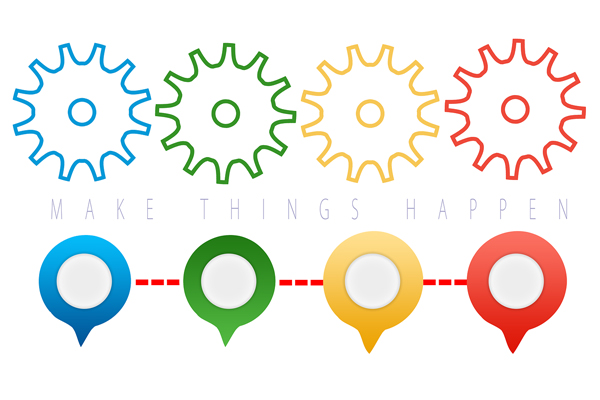
A big part of being a mechanical design engineer is managing the considerable amount of CAD data. Much of the inherent detail lies behind the scenes, but at the forefront are, of course, the CAD drawings. These files are paramount to the success of a design project and are treated, quite rightly, as such.
Engineers use CAD template files to consistently maintain standards and styles across a business. They are used to set, manage and control parameters, such as units of measure, layers and properties, dimensions and text styles.
Thus, essentially they are a drawing template file which specifies styles, settings and layouts in a drawing, including title blocks, subsequently encapsulating the properties of the parts so that they are repeated in each file and can be interrogated, viewed and understood.
Engineers use templates as a baseline from which to work. It is generally considered to be a controlled starting point for parts, assemblies and drawings. The benefits of using a template are numerous. Apart from creating uniformity and reducing the chance to make a mistake. It also reduces time, increases productivity and accuracy, and above all provides quick sharing of data for collaboration across teams and with external partners.
Like what you read? Please give us a like/thumbs up/follow us, so that you are kept up to date with future #SanstecStories and also get in touch, to ask us questions or suggest content or/and particularly to discuss how we can best support you.

